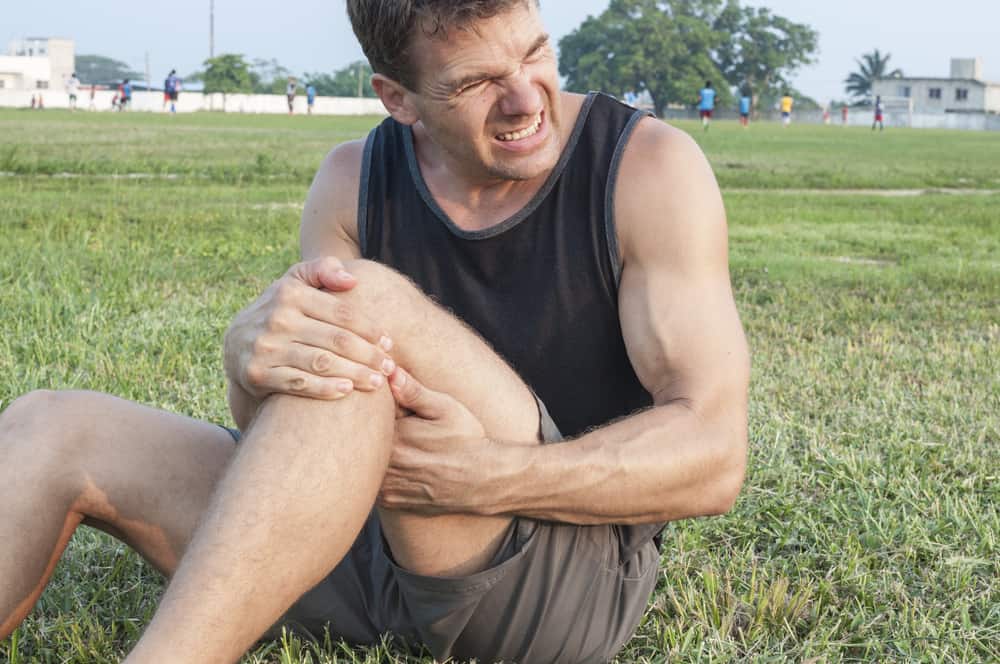What are proximal hamstring tendon tears?

Although the hamstrings and the tendons that attach them to the bones are very strong, they can still become injured and tear. Proximal hamstring tendon tears (sometimes called proximal hamstring avulsions) occur at the top of the thigh. They occur when the tendon that attaches the hamstring to the pelvis rips away from the bone, sometimes taking a small portion of bone along with it. Proximal hamstring tears can be divided into tears of the tendons from their origin at the pelvic ischium or tears more distally along the tendon-muscle interface as it courses down the back of the thigh. Proximal hamstring tears can be further divided into partial and complete tears.
Can proximal hamstring tendon tears be treated without surgery?
A tear of the proximal hamstring tendons may not require surgery. Sometimes physical therapy and home exercises may help strengthen the surrounding hip muscles and reduce pain. If pain is severe, cortisone injections or platelet rich plasma (PRP) can be performed to reduce pain and potentially stimulate the healing process. If non-surgical treatments are ineffective, the hamstring tendons can be surgically repaired to restore function and treat pain.
Is proximal hamstring tendon tear surgery invasive?
In most cases, the repair can be performed arthroscopically – similar to knee or shoulder surgery. This involves inserting a small camera and instruments through key-hole incision sites around the hip. This drastically minimises post-surgical recovery and pain and may also provide the surgeon with a better view of the tear than open surgery. In some cases, however, an open approach is recommended. Examples include chronically retracted hamstring tears and tears with sciatic nerve damage.
Can I return to normal activities after a proximal hamstring tendon tear?
Return to normal activities depends on the type of activity as well as the location and severity of the tear. Once the hamstring tear is repaired, activity is usually restricted for several weeks to allow the area to heal. Crutches and a hip brace are often needed to prevent placing weight or strain on the muscle and tendon during the healing process. Physical therapy is recommended to help restore strength and function in the hip.
What are the risk factors of proximal hamstring tendon tears?
People who lack flexibility and strength and those who do not warm up properly are at greatest risk. Other risk factors of a hamstring tear or strain include:
- Age: As you get older, you are at higher risk of a hamstring tear.
- Prior injury: Patients with previous hamstring injuries are at higher risk for a future hamstring injury.
- Certain sports: Sports that require sprinting or a sudden change in direction put patients at a higher risk of a hamstring tear or strain.
Proximal hamstring tendon tears: LMcG Orthopaedics
Hamstring tears are painful. Without medical care from an experienced orthopaedic surgeon, you risk permanent dysfunction and/or disability. Here at LMcG Orthopaedics, Doctor Lorcan McGonagle provides a range of orthopaedic surgeries and treatments. Dr McGonagle’s specialties include knees, shoulder, elbow, wrist and hand, hip, foot and ankle.
If you have a question for Dr McGonagle and his Geraldton team, please get in touch with the clinic today on 08 9921 4847. LMcG Orthopaedics is located in Suite 6, St John of God Specialist Centre, 12 Hermitage Street, Geraldton.
Reference
Hamstring Injuries in the Athlete: Diagnosis, Treatment, and Return to Play (nih.gov)
